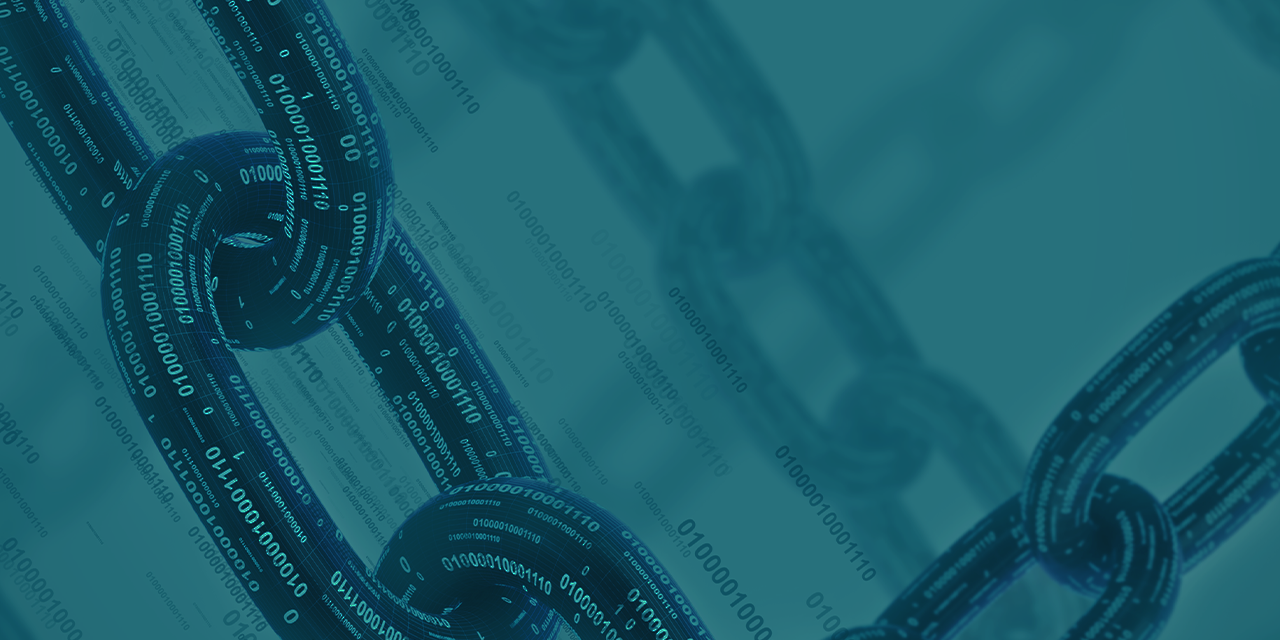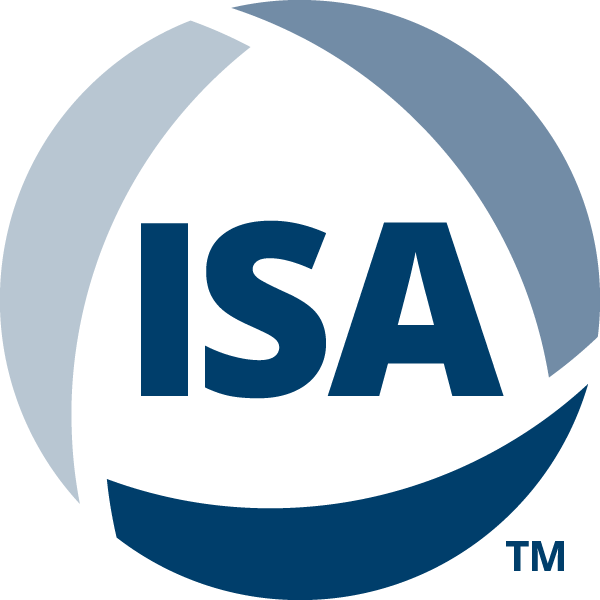The International Society of Automation (ISA) has released a timely position paper, “Industrial AI and Its Impact on Automation,” that offers a pragmatic, standards-aligned approach for industrial organizations seeking to harness artificial intelligence without compromising safety, reliability or security. In a landscape where AI’s promise is often paired with complexity and risk, ISA’s perspective focuses on operational realities and proven frameworks to find a way forward.
The Evolution from Expert Systems to Generative AI
The paper traces the arc of AI in industry from early expert systems and fuzzy logic to today’s data-driven and generative models, showing how each wave has advanced automation. The newest generation is accelerating progress in robotics, predictive maintenance, digital twins and real-time optimization. When AI is thoughtfully integrated with industrial processes with the right safeguards in place, it can sharpen decision-making and unlock efficiencies across the plant floor, supply chain and asset lifecycle.
As ISA’s CEO and executive director Claire Fallon stated in the press release announcing the position paper, balance is essential. “Industrial AI is reshaping the way complex processes are monitored, controlled and improved," Fallon said. "With this position paper, ISA offers a pragmatic stance blending innovation with responsibility. Industrial organizations can affirm AI’s ability to capture value while protecting people and processes.”
Five Themes Shaping Industrial AI Adoption
-
Operational benefits: The paper highlights tangible improvements AI is delivering today. Organizations can expect enhanced inspection and quality control, smarter maintenance strategies that reduce downtime and more capable robotics powered by emerging vision-language-action models. Better data capture and analysis pipelines further support safer, more efficient plants — where operators and engineers who need insights can get them faster.
-
Risk-informed adoption: ISA urges leaders to widen their risk lens beyond traditional operational technology (OT) concerns to include AI-specific considerations. Human safety and system reliability remain paramount, but AI adds new factors such as data quality, explainability and protection against novel attack vectors unique to AI systems. The message is clear: AI should be trustworthy by design, with controls for model drift, bias and adversarial manipulation embedded from the start.
-
Standards at the core: ISA positions the ISA/IEC 62443 series of OT cybersecurity standards as a flexible, comprehensive foundation for securing AI-enabled industrial automation and control systems. By aligning AI deployments with the principles of ISA/IEC 62443, organizations can better ensure transparency, security and reliability consistent with OT requirements. This standards-first approach helps reduce ambiguity, simplifies cross-functional alignment and speeds adoption by providing a common language across information technology (IT) and OT teams.
-
Workforce readiness: Technology maturity must be matched with human readiness. The paper emphasizes competency development, change management and upskilling, building on resources like the U.S. Department of Labor’s Automation Competency Model. Practical takeaways include defining AI-related roles and responsibilities, enabling operators with explainability tools and creating continuous learning pathways as AI capabilities evolve.
-
Collaboration is key: ISA calls for stronger collaboration among industry, policymakers and academia to align on best practices, education and standards for responsible, scalable AI deployment. Consensus-based frameworks and shared reference architectures can accelerate progress while helping organizations avoid fragmented, one-off approaches that are harder to maintain and secure.
Why This Paper Matters Now
AI can take many forms, some of which have been around for decades. Still, we’ve reached an inflection point, even as technology continues to advance. When it comes to AI implementation in industry, the question is not “if” but “how.” ISA’s stance is that organizations can avoid common pitfalls — opaque models, ungoverned data flows and security gaps — by anchoring decisions in established standards and a lifecycle view of AI systems. The goal is a safer, more reliable path to scale that can withstand audits, weather cyberattacks and deliver sustained ROI.
Who Should Read It
“Industrial AI and Its Impact on Automation” is written for operations leaders, engineers, cybersecurity professionals, educators and policymakers who need a concise, standards-aligned overview of AI implementation in industrial contexts. Whether you’re crafting an AI roadmap, standing up governance, integrating models into control systems or just curious about AI and automation, this paper can serve as both a primer and a checklist for responsible adoption.
Where to Get It
The full position paper is available now as a free .pdf download at www.isa.org/position-papers.




